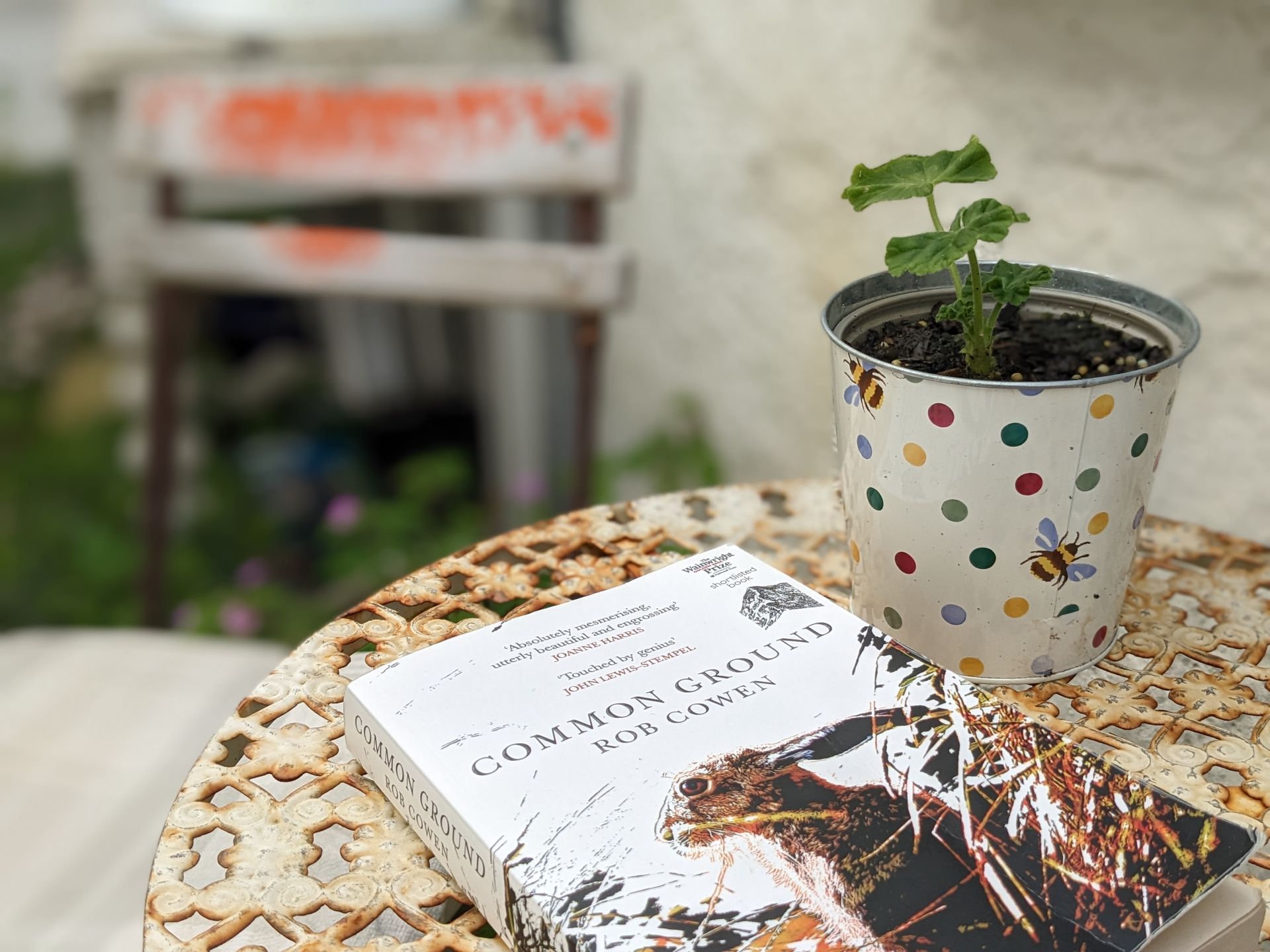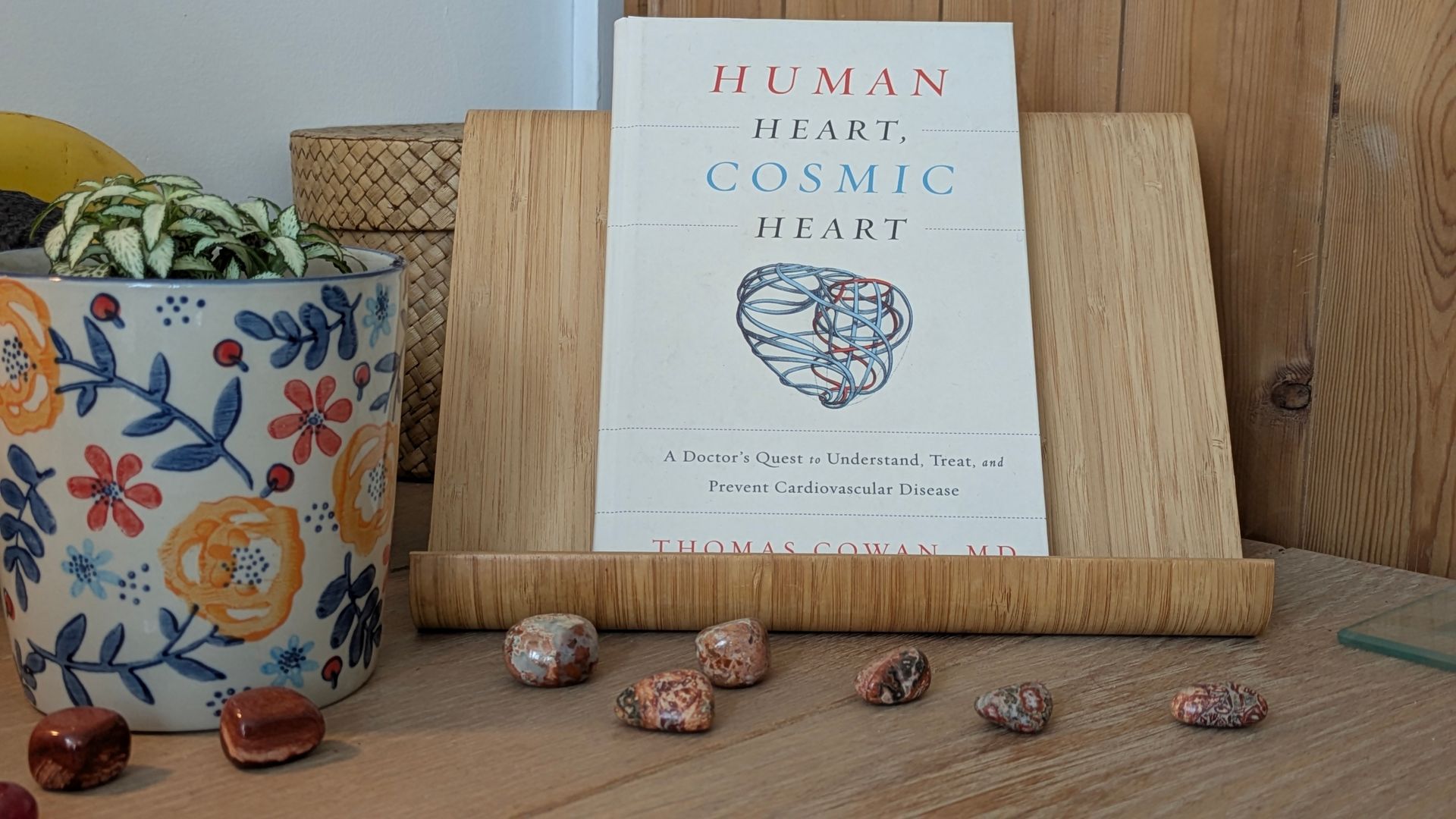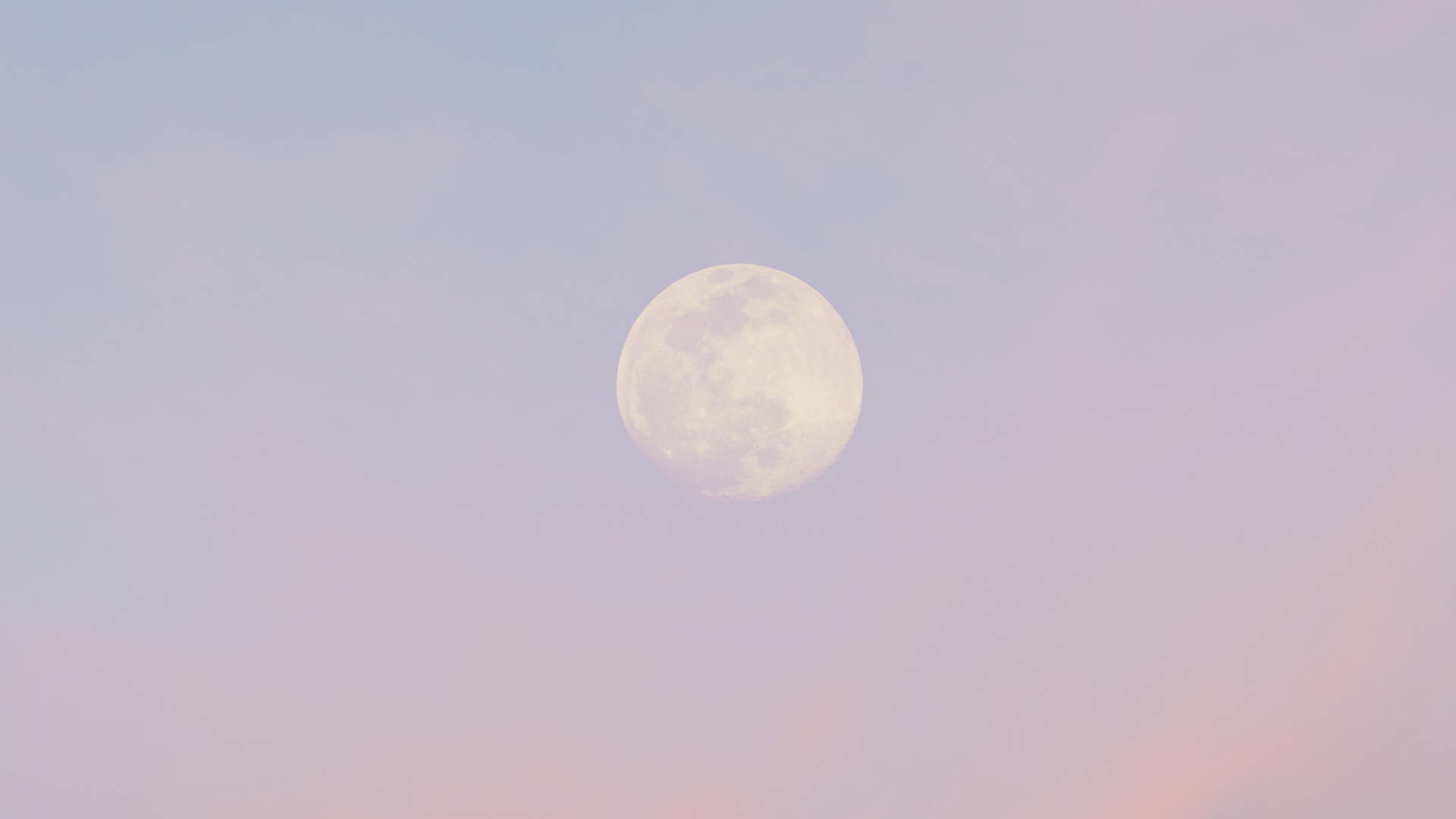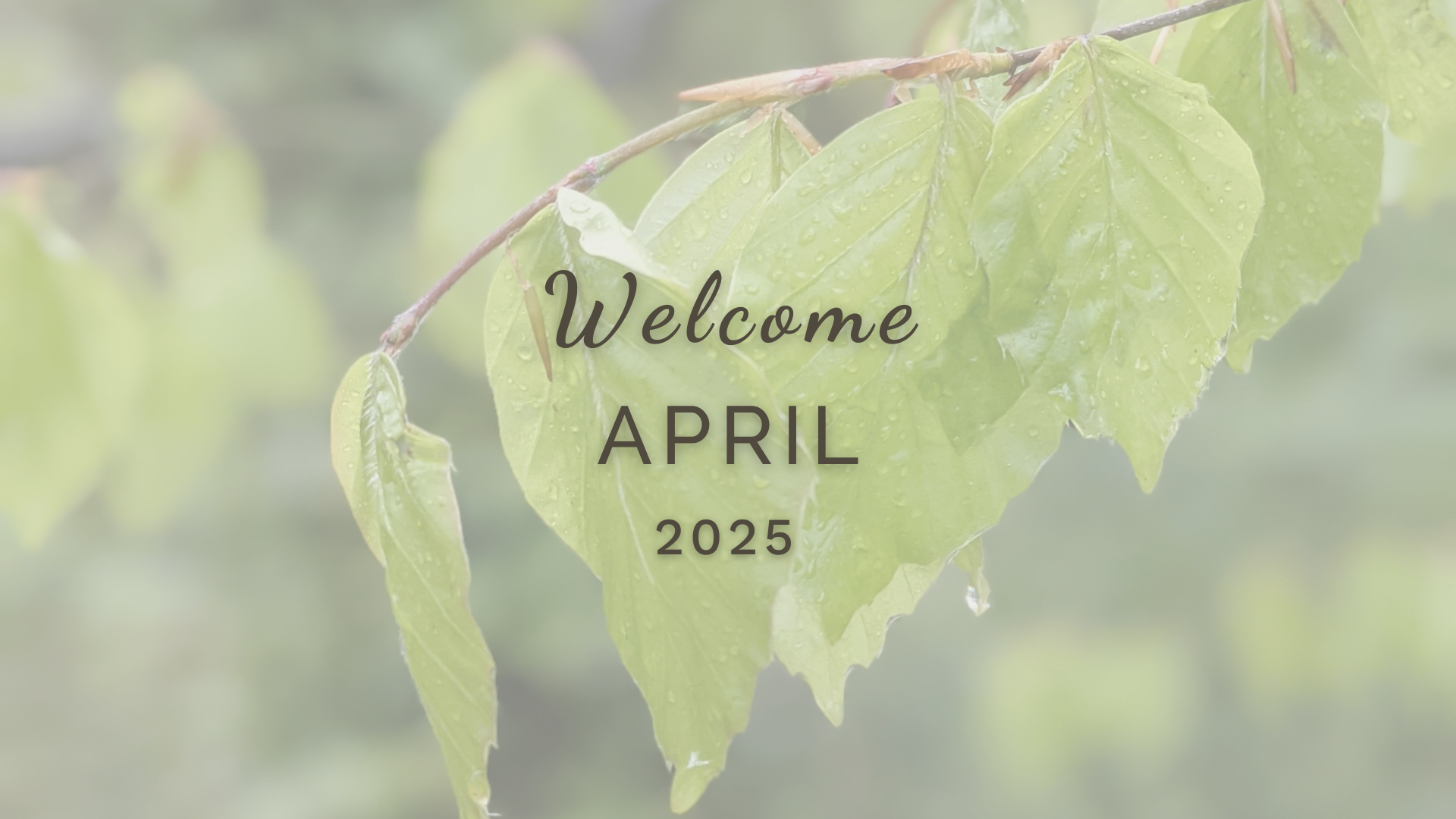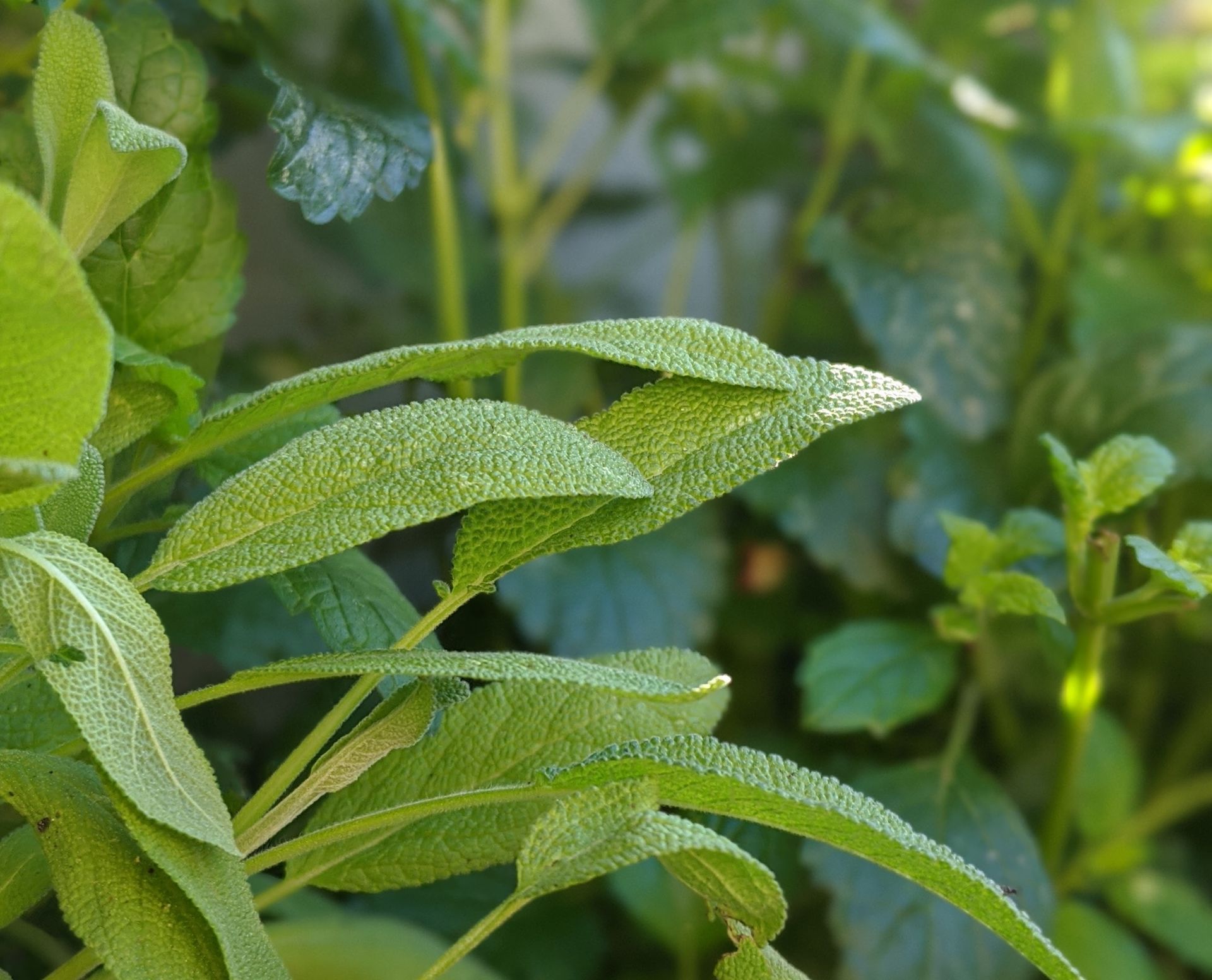Common Ground by Rob Cowen
Stories about Nature and life experienced on the urban edges
Common Ground by Rob Cowen is a beautifully grounded yet highly explorative book that weaves various narratives together as seen through the eyes of the author and as he imagines from other perspectives that add layers of depth and interest to the story being told.
From the author's perspective we are given a bird's eye view of his daily exploration of a large patch of wasteland on the outskirts of Bilton in Yorkshire.
Drawn to this piece of wasteland or 'common ground' against the backdrop of everyday life as a young couple moving to a new town, Rob fell upon the opportunity to write about 'the wildness encountered in the more expected places' - this following many years exploration into the wilder aspects of national parks, moorlands, coasts and mountaintops.
Of the edge-lands he says: 'Even before I'd started the process of investigating it in any depth I was aware that this edge-land was a crossing point where countless histories lay buried. Enmeshed in every urban edge is also the continuous narrative of the subsistence of nature, pragmatic and prosaic, the million things that survive and even thrive at the fringes.'
Abandoned by the local council and avoided by residents until taken on as a conservation project towards the end of the book, this common land, encircled by an old viaduct, the meandering River Nidd, the Old Railway line and Bilton Lane, is cross-crossed with semi-hidden paths trodden only by the animals left free to roam there.
With exquisite and detailed descriptions of the landscape, flora and fauna of this patchy piece of land left to go wild, Rob takes you there with descriptive passages such as: 'The morning assumes a fragile blue hue, almost crackable, as transparent, triangular clouds freeze across the sky. Patterns appear on the surface too: the soft-focus haze of hedges blurring north and the corduroy shadows of tractor-combed earth.'
He refers to the edge-land as confessional, a place that draws you in to cultivate a deeper understanding of the land, its inhabitants and history. Rob's experiences on the edges led to the formation a close bond with Nature and those who lived there over the course a year through each of the seasons.
Throughout the book are references of a bygone age when 'once a time the edges were the places we knew best. They were common ground. Times were hard and spare but the margins around homesteads, villages and towns sustained us.'
There are many references to the impact of the modern world and the economic turmoil encroaching on us, dating back to the enclosure of our common lands and the story of land ownership through history. In this sense, we empathise with the author's need for open space and his laments over the unholy sterility of the mass-produced, the myth of unending growth and the increasingly urgent call for re-wilding.
There are several unexpected and heart-beating accounts of events imagined through the eyes of a roebuck deer being hunted by a farmer and his dog, and a fox being hunted to exhaustion by a blood hound which seem to jump through the pages and bring the book to life. Rob discusses the fine balance between living in harmony with the land and exploiting it with reference to the country-wide badger culls that devastate wildlife and provide little or no evidence of any benefit.
Other interlacing stories spoken from the perspective of a homeless man's plight living on the edges and a young man returning from war add depth and poignancy. The homeless man finds refuge in the forgotten land, and the soldier working through his shocking reaction to 'coming home' tries to steady himself in a hedgerow with wild nettles surrounding him.
Nature is everywhere and can be found in the most unexpected places. By showing interest and taking time to explore the edge-lands and forgotten places where Nature has been left to grow wild, we can discover more about ourselves and the life we live than we anticipated.
In this sense, we must strive to protect and persevere the places where Nature has found a home and where the natural world is free to thrive.
Sue Cartwright
Spiral Leaf
Buy the book!
Purchase a copy of this wonderful book by following the affiliate link to the Spiral Leaf bookshop below.
Thank you for sharing!
for you, for me and for Mother Nature
Latest Posts
All Posts

